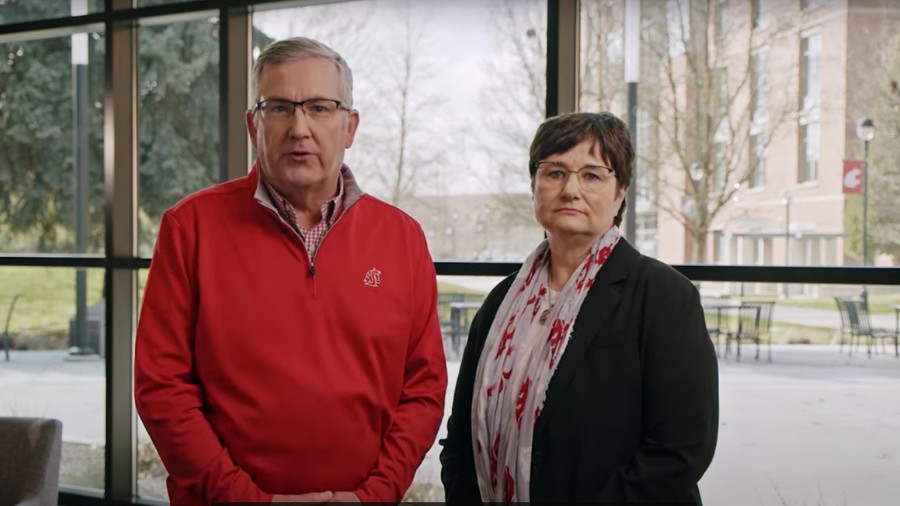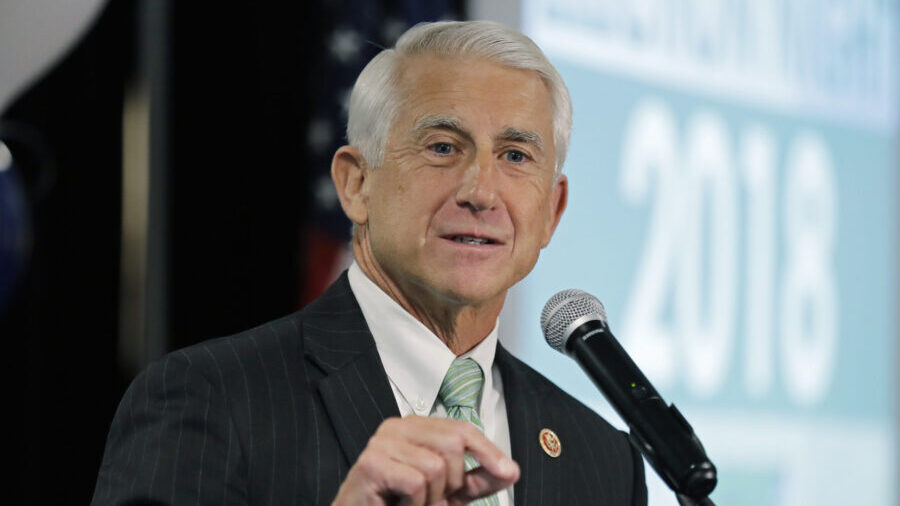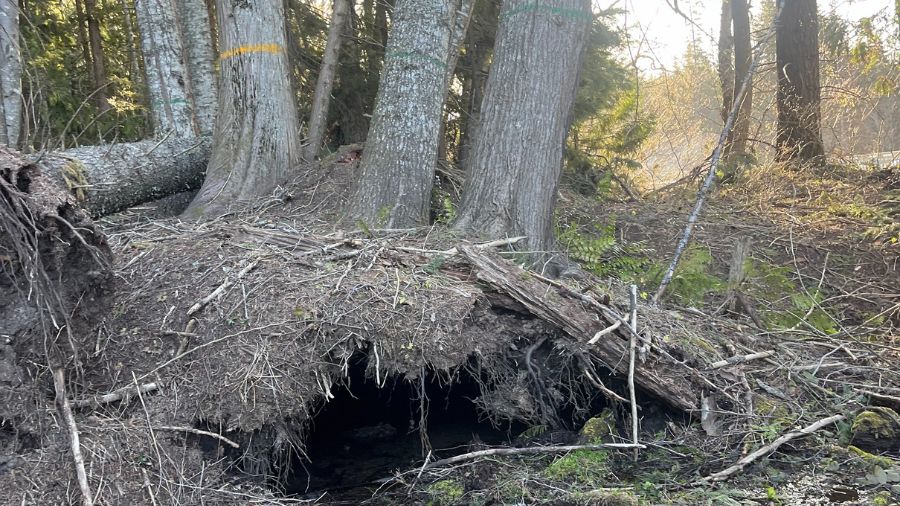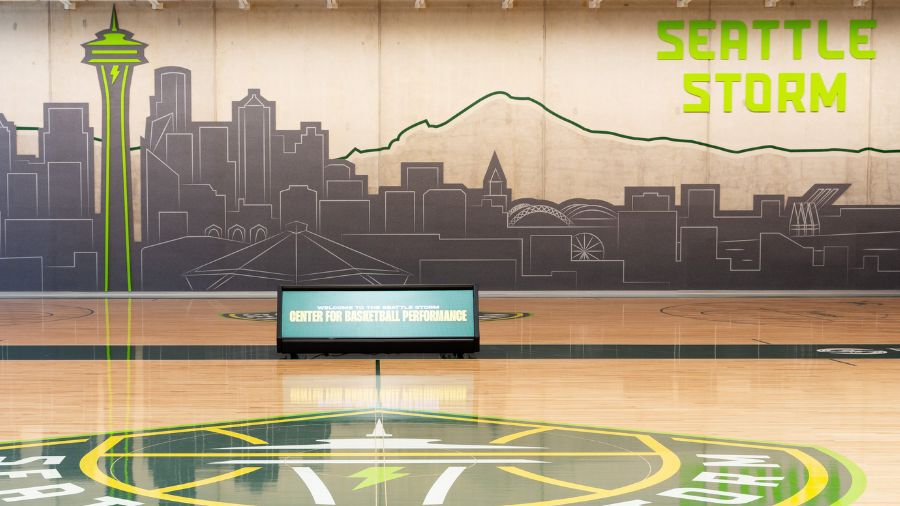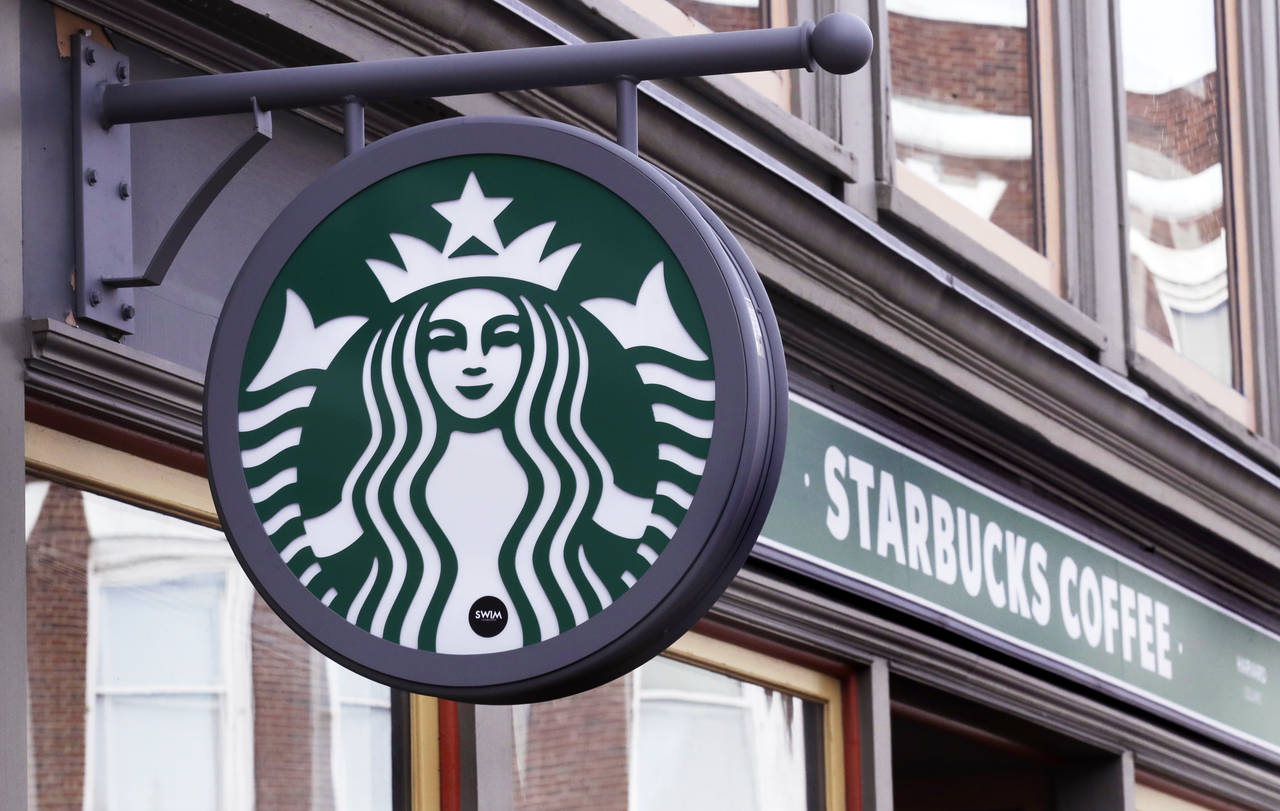Bellevue doctor details increase in cancer risk during COVID-19 lockdowns
Oct 16, 2020, 11:17 AM | Updated: 11:18 am
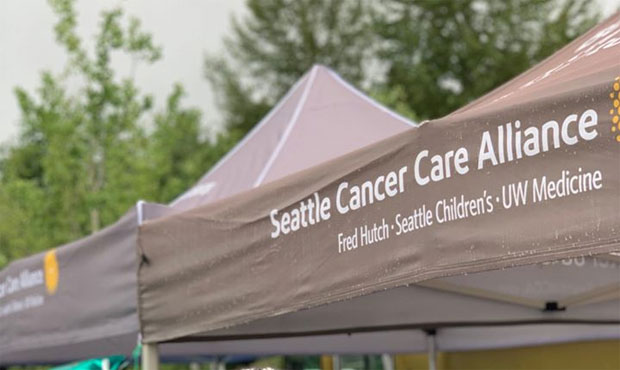
Seattle Cancer Care Alliance. (SCCC, Facebook)
(SCCC, Facebook)
COVID-19 has killed more than 200,000 Americans, and experts predict another sad statistic as a result of the pandemic: Rising cancer death rates over the next several years.
That’s because fewer people getting their routine screenings for a disease in which an early diagnosis can mean the difference between life and death.
Dr. Nicholas Serrano, a radiation oncologist at Bellevue’s Overlake Medical Center, said the problem is twofold.
He said the first issue is that in the spring during the early lockdowns, diagnostic procedures were limited to people showing symptoms, instead of just routine preventive care.
UW Medicine study shows at-home genetic tests effective for breast, ovarian cancer
A July article in medical journal The Lancet, which came out as lockdowns around the country had just eased up, focused on these cases. The Lancet predicted an increase of between 5 and 16% across four types of cancer that it are especially vital to catch early — breast, lung, esophageal, and colorectal.
“Patients were missing their diagnostic screening studies that can help detect these cancers earlier before they become more advanced and less treatable,” Serrano said.
For example, he said mammograms were limited to people who had found a lump or felt a symptom like breast pain, instead of the periodical screenings that women get as a precaution.
In May, Dr. David Carlson, chief physician officer of Tacoma-based MultiCare, told KIRO Radio that they had seen a 60% decrease in cancer diagnoses over the past month — and there was certainly no evidence to suggest that cancer rates had all of a sudden dropped to such a dramatic extent. That meant that a large swath of people were not finding out as early as they might otherwise have that they had a fatal disease to fight.
However, the effects of the temporary limitations on medical procedures are not the only issue.
“The other concern is that there are still patients who are not seeking medical care … we do also know that there are still patients who are more reluctant to go forward with these studies even though the hospital systems are reopened and actually offering these diagnostic interventions,” Serrano said.
Since May, medical centers in Washington and around the world are back operating at full service, but are still not having the typical levels patients coming in for screenings.
“The hospitals are not turning people away — we’re actively advertising that we are open, available to do these procedures — and we’re still not seeing the numbers that we saw prior to the pandemic,” Serrano said.
Serrano said the Overlake numbers are coming back up, but many people are still choosing to forego their routine cancer screenings because they are scared of COVID-19 exposure. This includes cancer survivors — who can be at higher risk for both COVID complications and a second round of cancer.
“As a cancer survivor, somebody who had recently completed chemotherapy or radiation therapy and had a compromised immune system, going to a hospital would probably be the last place that they would want to go to … but we know that these appointments and these imaging tests that we order as oncologists for patients who are in their survivorship as are equally as important as the treatment,” he said. “We can detect recurrences and help prevent other problems down the road if patients are still coming in in a timely manner.”
Dr. Serrano said if you are nervous about coronavirus exposure, you can always use tele-health. Bringing up a concern with your general practitioner is a way to get the ball rolling.
“Starting with a tele-health appointment with a primary care provider is a great first step,” he said. “Certainly we may not be able to do all the screening tests — blood works or imaging tests — remotely … but we can at least initiate that conversation.”
However, he reminds patients that medical facilities are highly-sanitized places that take every precaution against coronavirus.
“Hospitals, right now at least, are one of the safest places to come to … we’re sanitizing in between patients, we’re screening, we’re doing temperature checks — things that you don’t necessarily see at grocery stores or at other public places,” he said.
So don’t wait on that mammogram, CT scan, or mole check — it could save your life.


